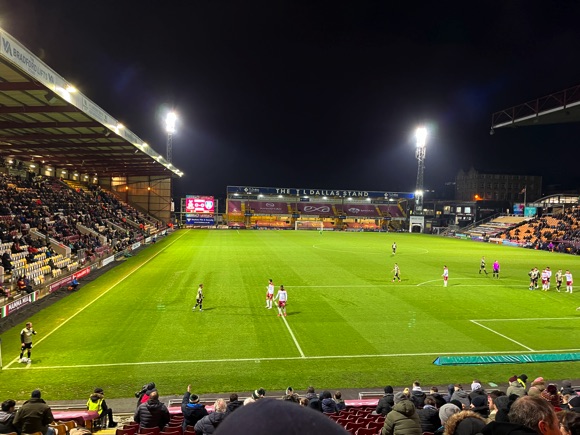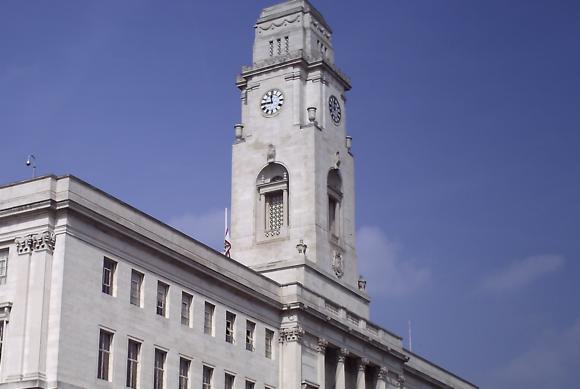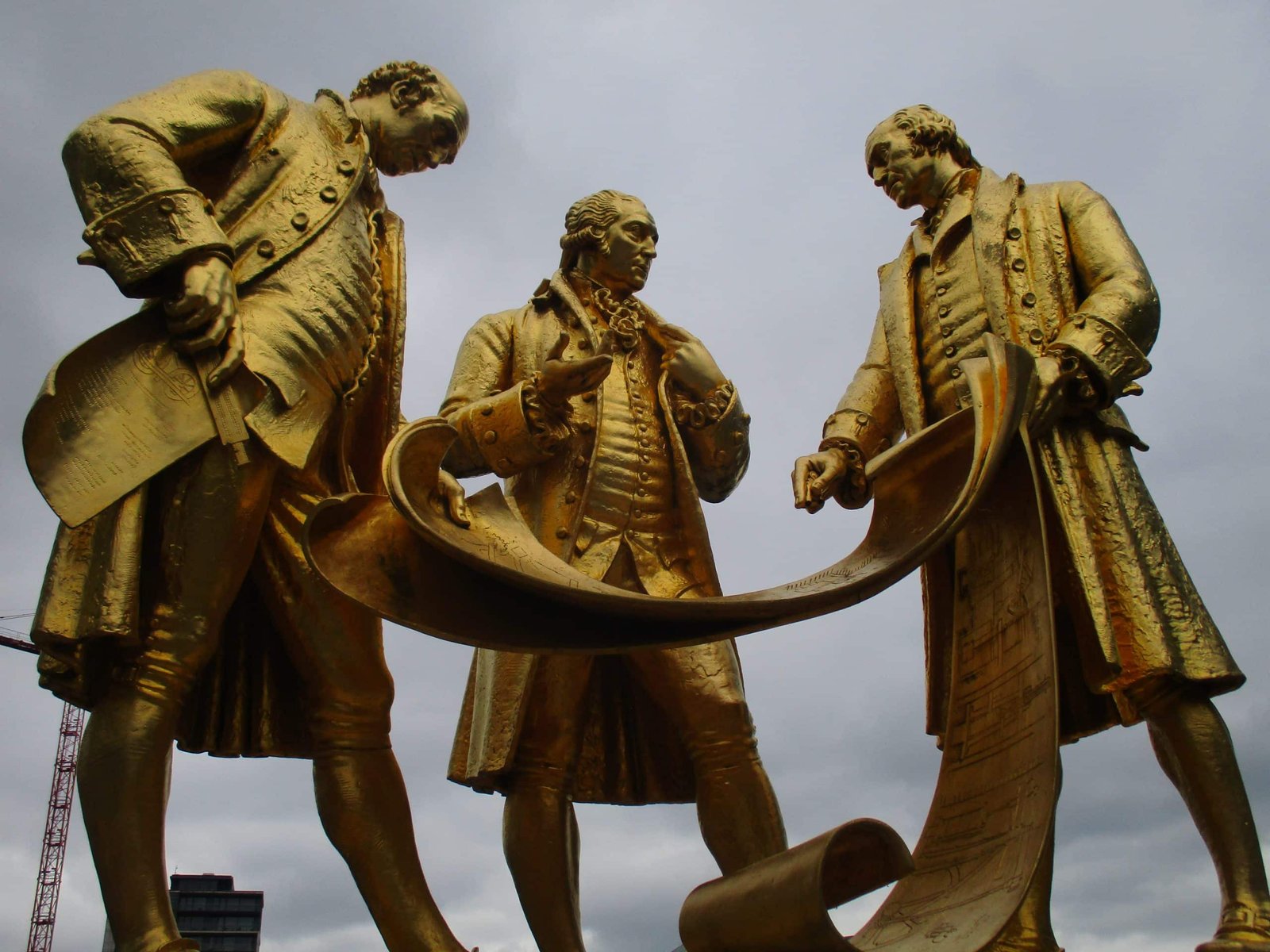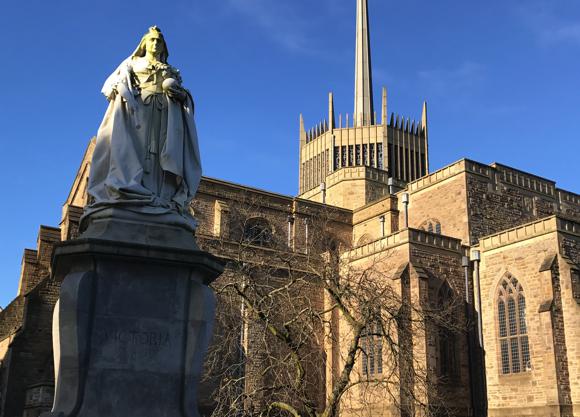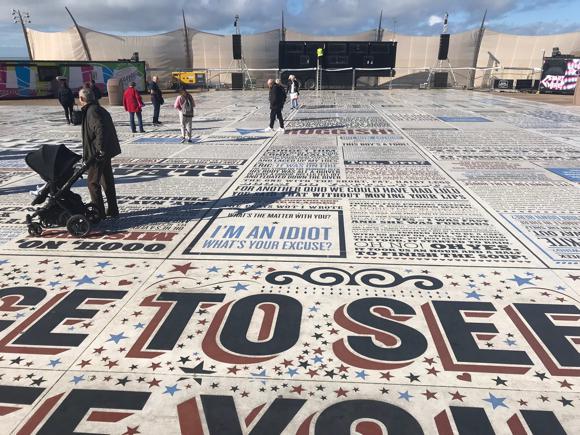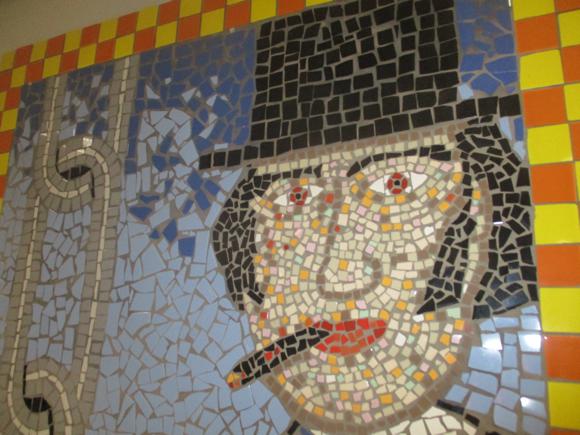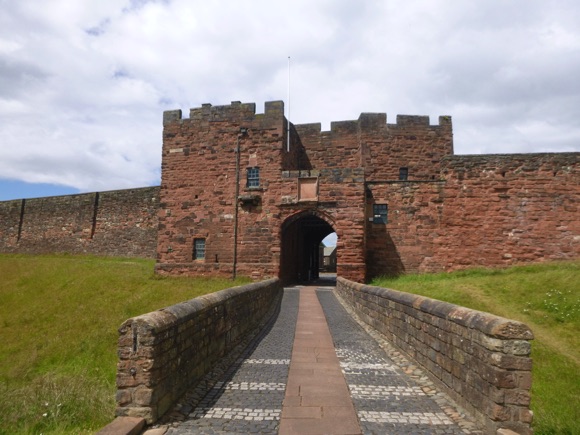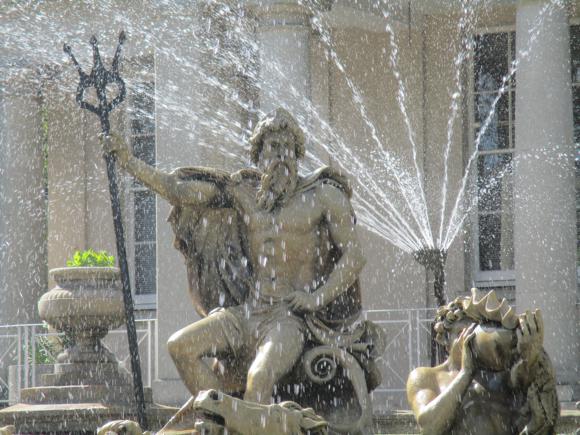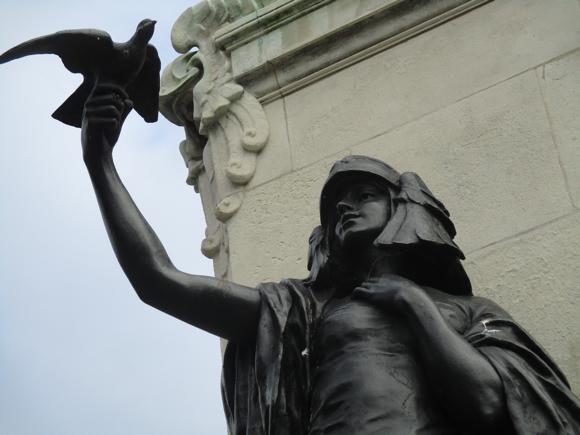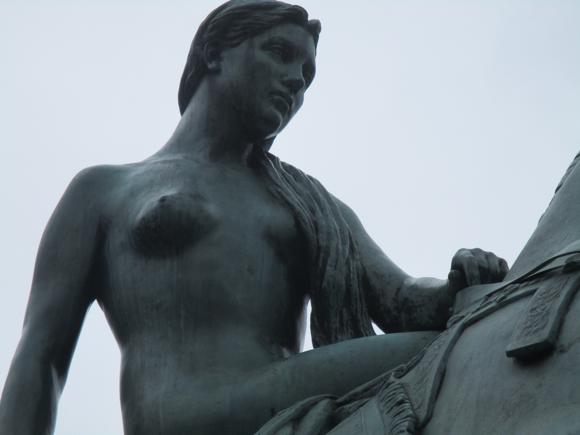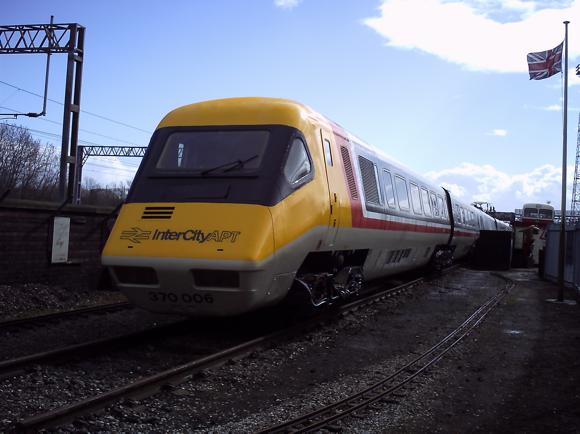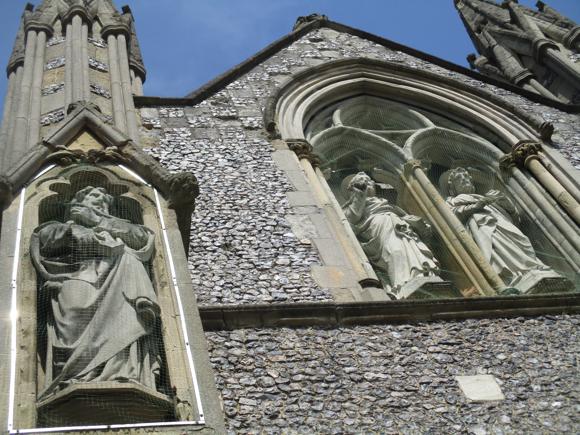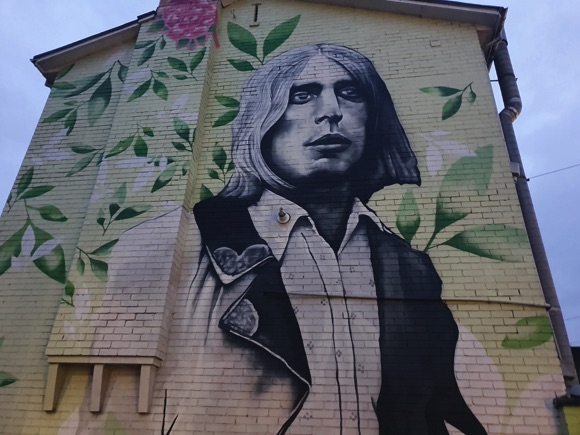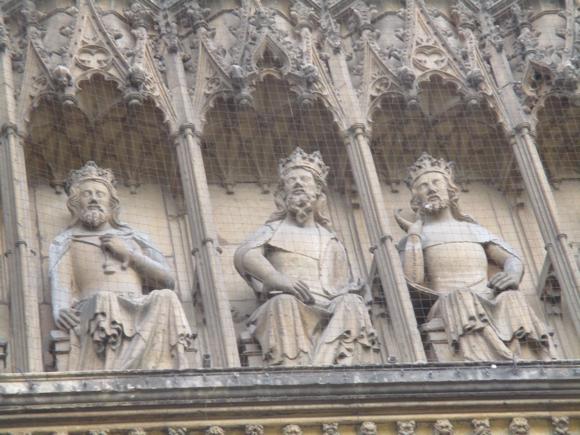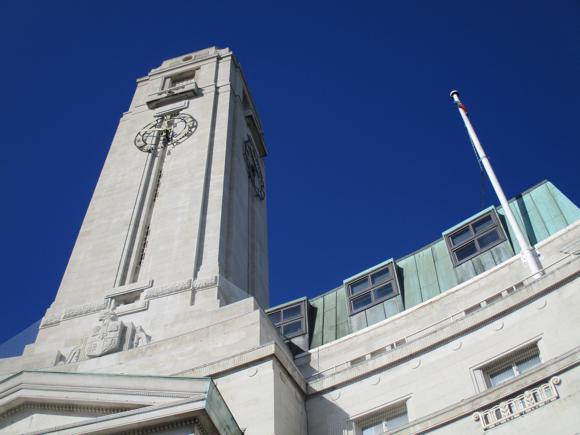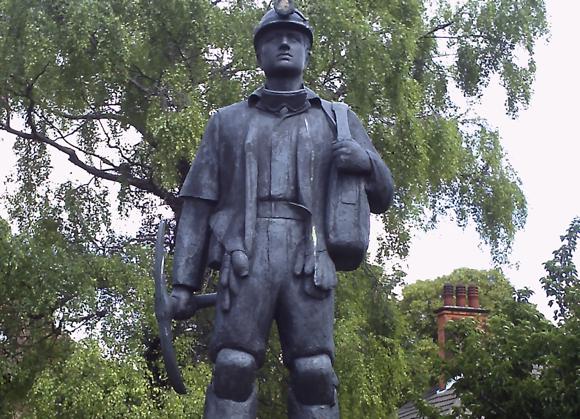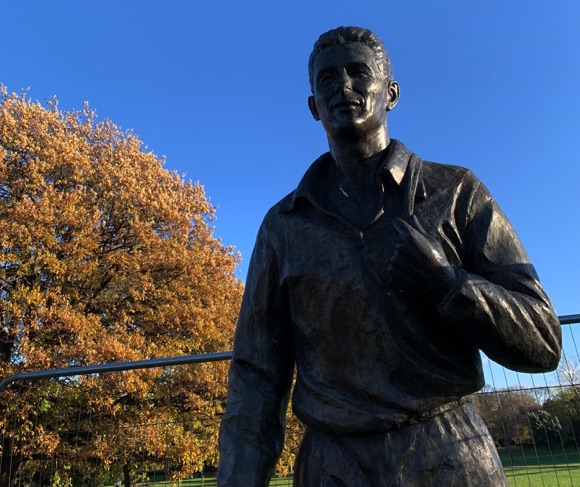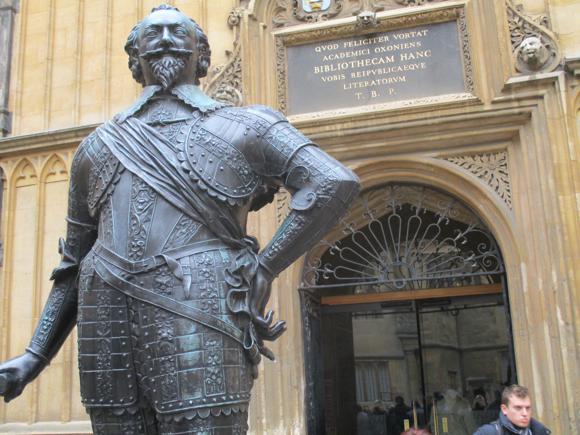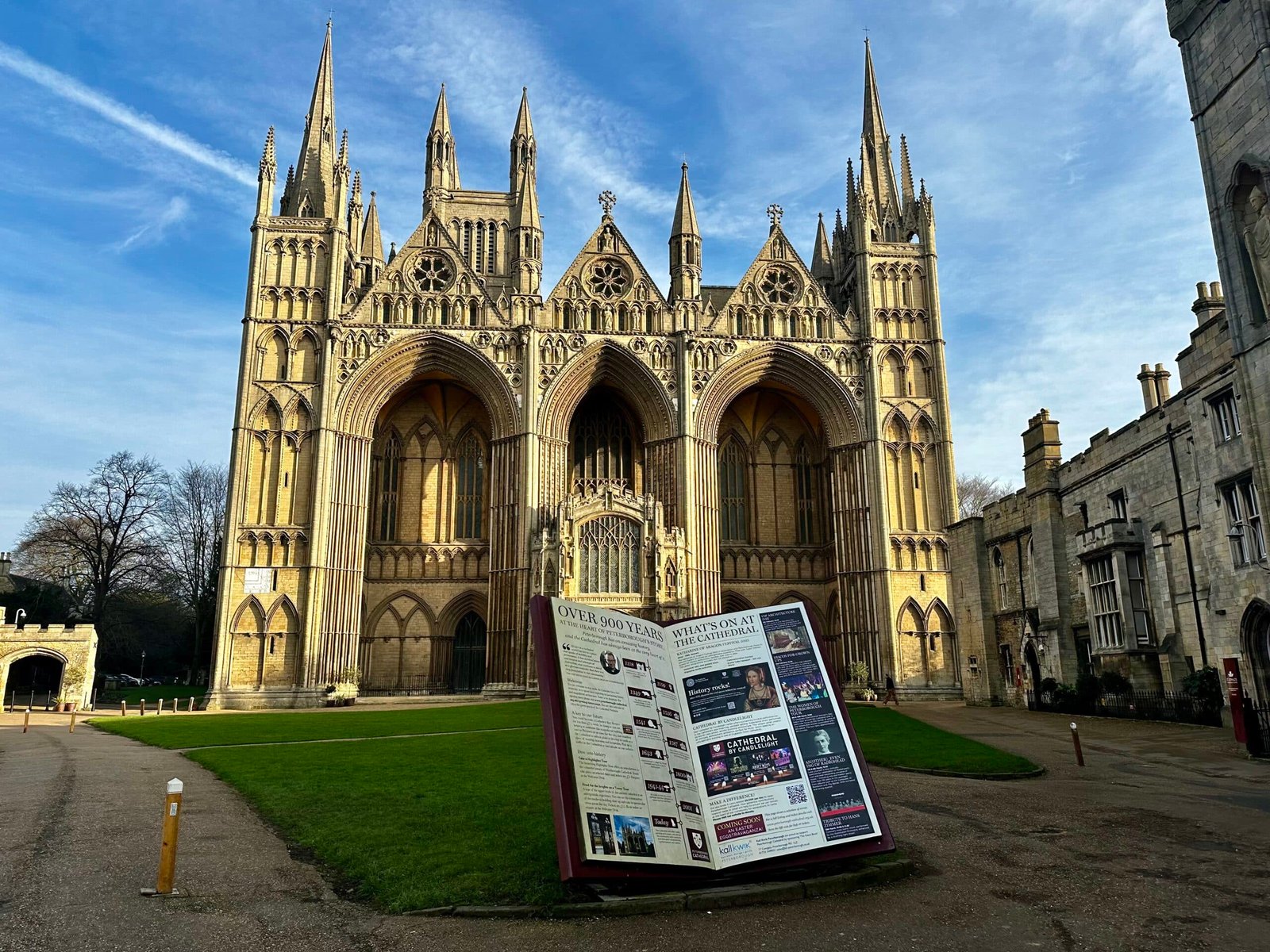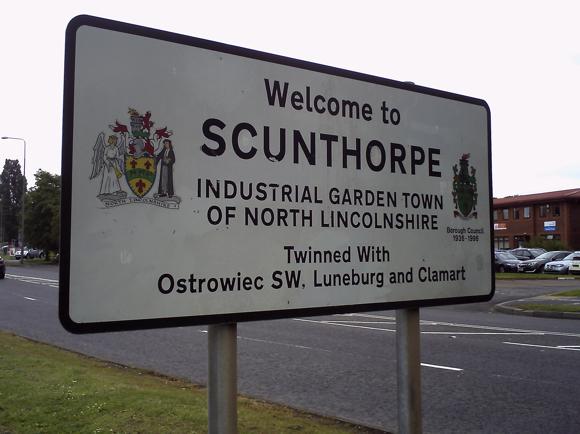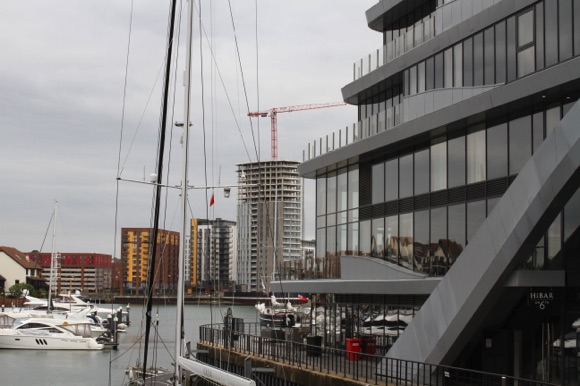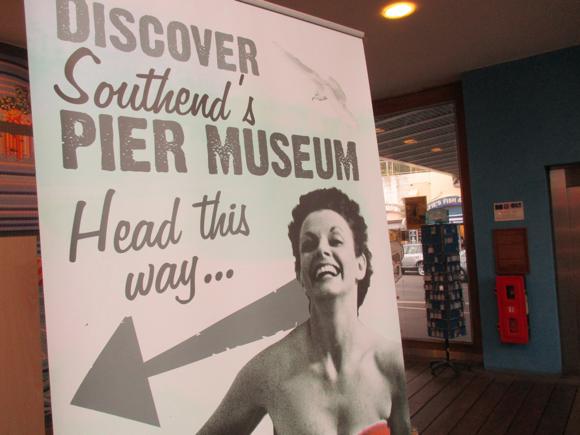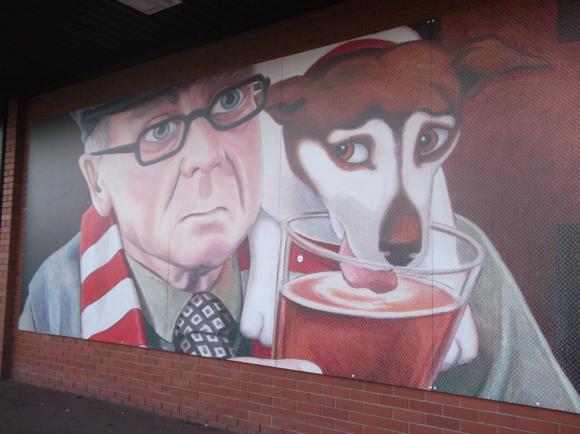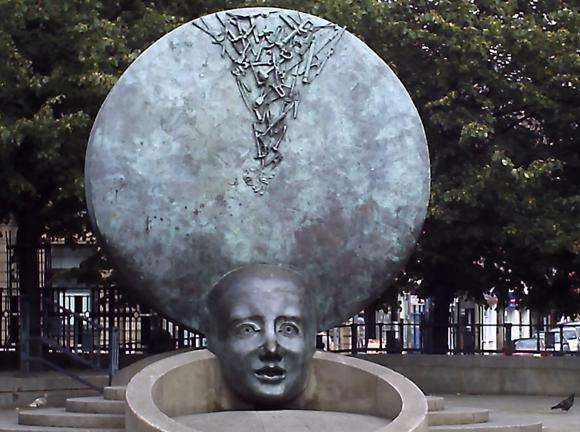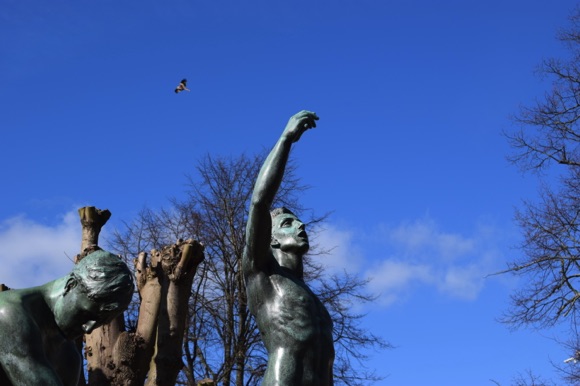Teams, tales and tips – a guide to the local game
Multi-cultural, post-industrial Bradford, the former wool capital of the world, is deep in rugby league country. For much of the 20th century, this West Yorkshire community had two soccer clubs in the Football League: the Bantams of Bradford City and Bradford Park Avenue, each with origins in the oval-ball game.
Both are currently in the doldrums. In 2019, Bradford City plunged down to League Two after reaching the League Cup final at Wembley in 2013, while Bradford Park Avenue, reconfigured from the club who lost full league status in 1970, compete in the National League North, the sixth tier of the English game.
Such was Park Avenue’s demise that the last competitive Wool City derby took place in the 1960s. A friendly between the two teams is staged in the pre-season.

Neither has ever had too much tradition in the league – the Bantams survived two seasons in the Premier before dropping out in 2001. But Bradford has always had a special relationship with the cup. In fact, the current FA Cup, the most familiar trophy in English football, was designed and manufactured over a century ago by Bradford firm Fattorini’s. Bizarrely, that same year, 1911, City won it for the first and only time, solitary goalscorer Jimmy Speirs pictured on the front page of the Daily Mirror the next day. Some 100,000 locals turned out to cheer the team, who gathered at Bradford’s Great Victoria Hotel, still a local landmark.
The Fattorini connection runs deeper than simple silversmithing. Company jeweller Tony Fattorini played rugby for Manningham FC, one of two Bradford clubs of the 22 who formed the Northern Rugby Football Union in 1895. This breakaway faction was the pioneer for rugby league – a year later, Fattorini helped Manningham win the sport’s first trophy.
The oldest team of the 22 was Bradford Football Club, founded as early as 1863.

Just as these oval-ball clubs from Yorkshire and Lancashire split from the amateur game that became rugby union – possibly inspired by soccer’s professional Football League created in 1888 – so members of Manningham and Bradford FC created offshoot soccer clubs in 1903 and 1907 respectively. Bradford FC had already been playing on alternate Saturdays to the rugby club from 1895 onwards, and had competed in the FA and FA Amateur Cups. As they were based at the sports ground on Horton Park Avenue, south-west of the city centre, they became known as Bradford Park Avenue.
The club sold the ground in 1973 and, as a semi-professional outfit, moved to Horsfall Stadium, further out south-west of town. Built as an athletics ground in 1931, Horsfall holds 3,500. The club once announced its aim to build a 20,000-seater stadium at Phoenix Park in Thornbury, just over the Bradford-Leeds border – but an aim it remains. As for the original Park Avenue, it is still used as a cricket ground – remnants of the original football stadium still stand.
Manningham, meanwhile, had set up at steep-sided Valley Parade by a former quarry in 1886. Located in the Manningham area north of town, it failed to generate enough income to keep the rugby club going. In 1903, Manningham members decided to form a football club, Bradford City, and soon attracted five-figure attendances.
During the successful FA Cup run of 1910-11, more than 39,000 turned out for the quarter-final with Burnley, a figure that hasn’t been bettered since. This is the longest standing attendance record for any ground in today’s Football League.
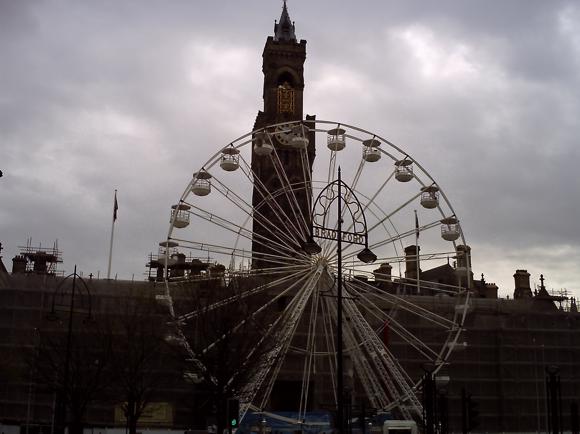
Sadly Valley Parade is better known for another reason – the horrendous fire of 1985 that destroyed the main stand in minutes and claimed 56 lives. Rebuilt and reopened by Christmas 1986, the stadium has since been improved and added to.
During the 18 months that Valley Parade was out of commission, Bradford City used local rugby ground Odsal Stadium for a number of home games. Set near Park Avenue’s current home of Horsfall Stadium, Odsal has also been mooted as a possible new home for the National League North side.
At present, Odsal, ‘the Wembley of the North’, is home to the city’s most notable rugby league side, the multi-titled Bradford Bulls. Formerly Bradford Northern, this original club was formed by disgruntled members of Bradford FC reluctant to join Bradford Park Avenue football club after the split in 1907.
In a strange turnaround, Bradford Bulls, three-time world champions in the 2000s, almost went out of business in 2012. Park Avenue, the phoenix football club who rose from the ashes of a modest Sunday League side in the 1970s, were one of those interested in buying their sporting neighbours. The revived rugby club is currently in the Championship.
To see Park Avenue play at Horsfall Stadium in the Northern League North, take First Bradford bus 681/682 (every 30mins) from Bradford Interchange (stop F) towards Halifax, alighting at Cemetery Road, 12mins away. Admission is £14, £10 reductions, under-18s £3. under-12s £1. There’s a bar in the clubhouse.
Getting Around
Arriving in town, local transport and timings
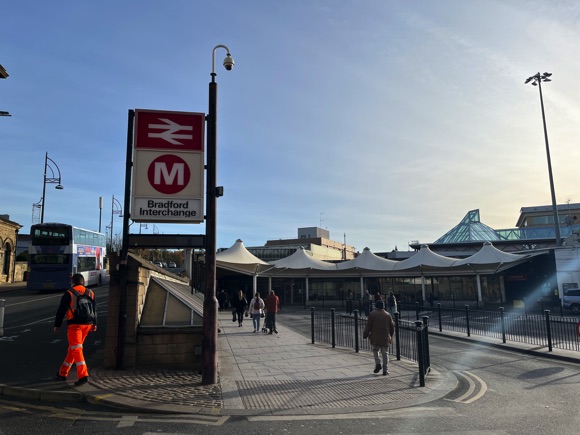
Leeds Bradford Airport is 14km (nine miles) from Bradford. FLYER buses A2 and A3 each run hourly to the city’s main transport hub of Bradford Interchange (£5 single, £6 return, 45min-1hr journey time).
Metro Taxis Bradford (01274 733 733) quote £16 from the airport to town.
Train services from London Kings Cross (3hr journey time, direct or change at Leeds), Leeds (20min journey time) and Manchester (1hr journey time, direct) arrive at Bradford Interchange south of town or the city’s other station, Bradford Forster Square east of town, a 15min walk away. Valley Parade is north of town, a fair trek from the Interchange. Adding a Bradford PlusBus (£4) supplement to your ticket allows you to use all local bus services for the rest of the day.
Bradford Interchange is also a hub for by the Metro West Yorkshire bus authority that oversees all services in and around the city. A WY DaySaver is £6.70, a Weekender is valid from 6pm Fri £8.50, both sold on board.
Where to Drink
The best pubs and bars for football fans
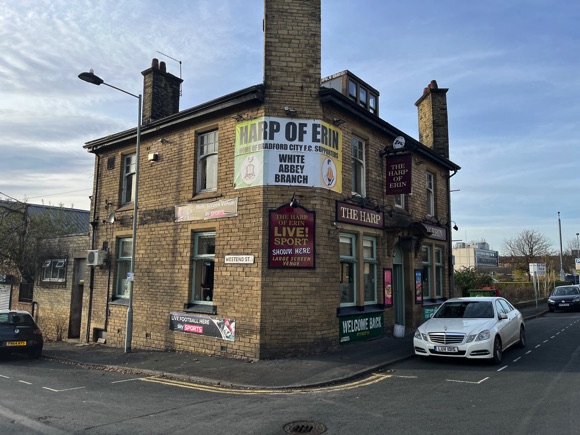

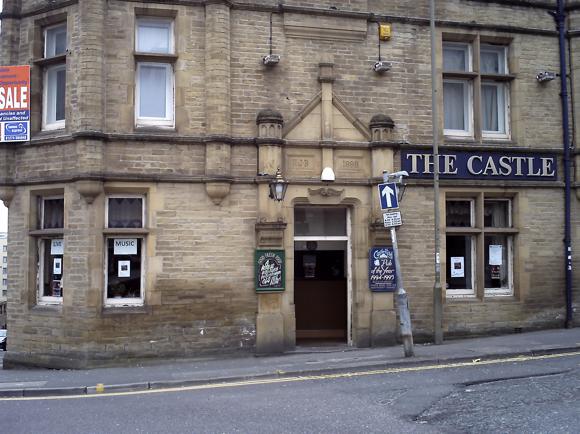

Classic Yorkshire pubs, contemporary bars, real ales and live music can all be found within easy reach of each other. Focusing on classic sounds, Al’s Juke Bar on Darley Street also specialises in craft beers, sought-after lagers, shots and cocktails.
On downtown Grattan Road, The Castle offers TV sport, and live music on Fridays. The City Vaults is a classic, busy alehouse in a former bank building opposite the Wool Exchange. More traditional you cannot get.
Bradford’s oldest Irish pub, just off Wigan Street, the Harp of Erin is another convivial hostelry for match-watching.
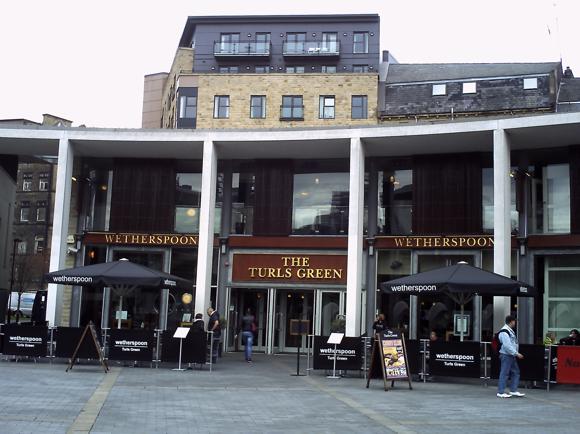

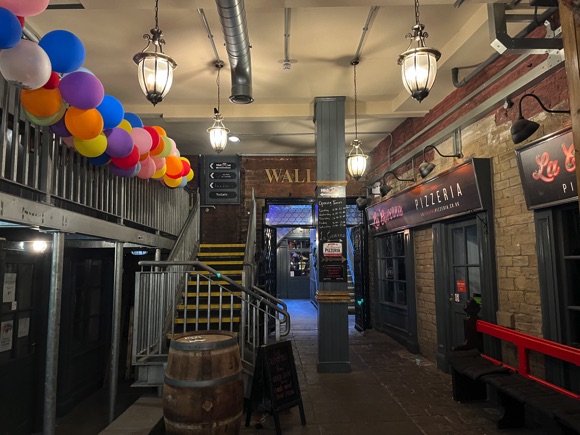
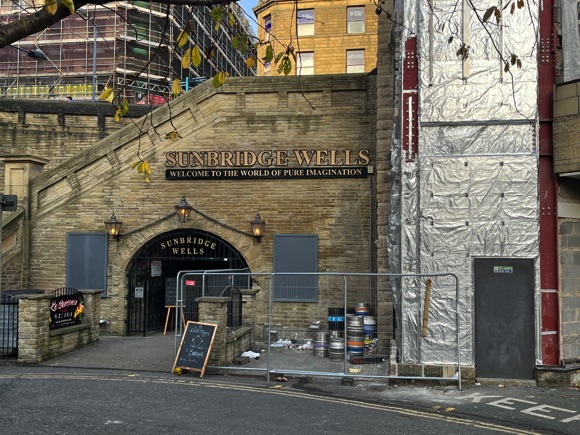
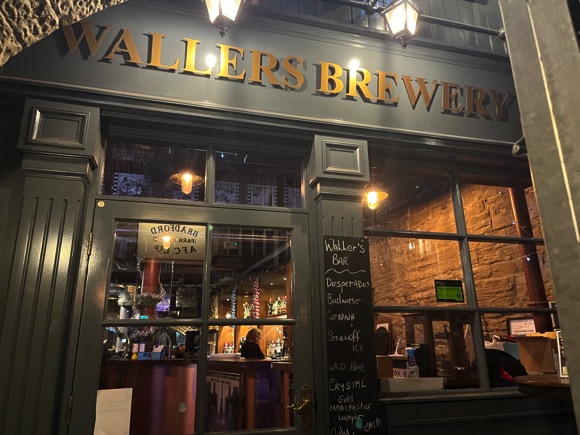
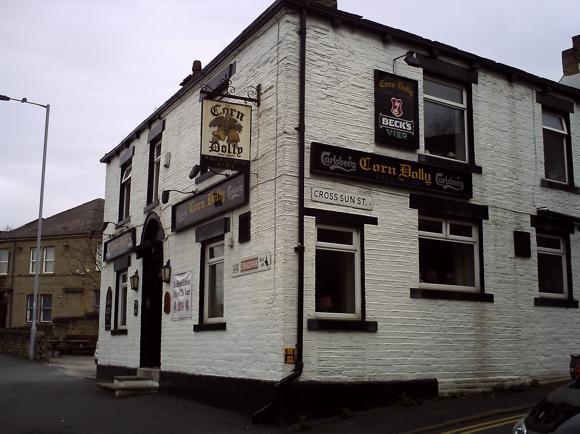

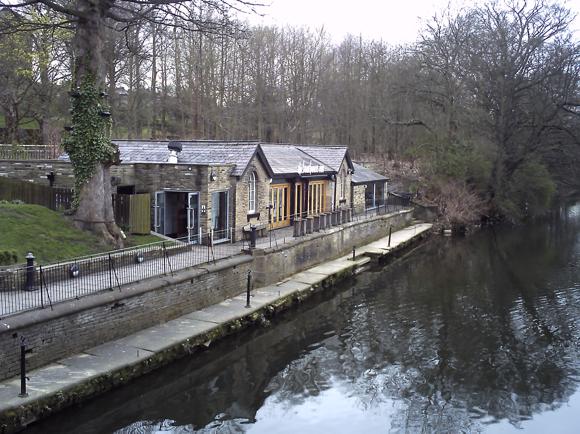
On the edge of the historic centre, The Turls Green sits on Centenary Square, a standard downtown Wetherspoons with the usual drinks and meal deals. Nearby, just the other side of Sunbridge Road, Sunbridge Wells is an underground arcade complex of pubs, restaurants and stores, a Victorian-style mall dotted with modern-day chains. Drinking spots include the Rose & Crown and Wallers & Co.
Central and downmarket, the Boy & Barrel attracts a hard-drinking clientele. Giving pubs a good name, the family-run Corn Dolly, close to Forster Square station on Bolton Road, always has eight real ales and several European lagers to choose from.
Finally, the Boathouse Inn at Saltaire is a superbly set waterside pub and eatery on a World Heritage Site. It’s an easy hop from Bradford by half-hourly train to Saltaire, 10min journey time.
Where to stay
The best hotels for the ground and around town
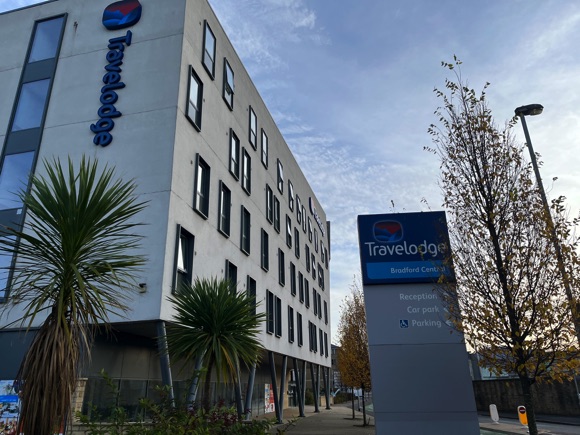
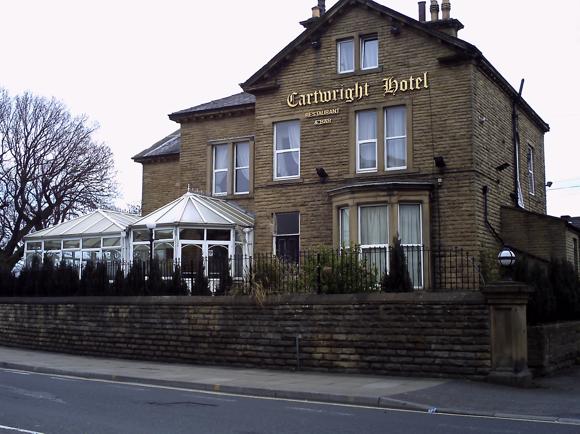



Visit Bradford has a hotel database.
Once popular with match-goers, the mid-priced Cartwright Hotel on Manningham Lane is still recovering from a terrible fire in December 2019. Once refurbished, it should provide ample parking, a restaurant and a pre-match bar open to non-guests, overlooking Lister Park. The ground is 10min walk away – turn left down Valley Parade.
Close to Manningham Lane, on quiet grounds along Oak Avenue, The Dubrovnik is a spacious, family-owned lodging while the Park Hotel (No.6, 01274 546 262), though cheap, is in serious need of renovation – and a website. Each is 10min from Valley Parade.
Also convenient on Valley Road, the modern-looking affordable chain Travelodge Bradford Central is ‘ideal for Bradford City FC’. Turn right then left up Hamm Straße, then right along Midland Road – the ground is 15min away on the left.




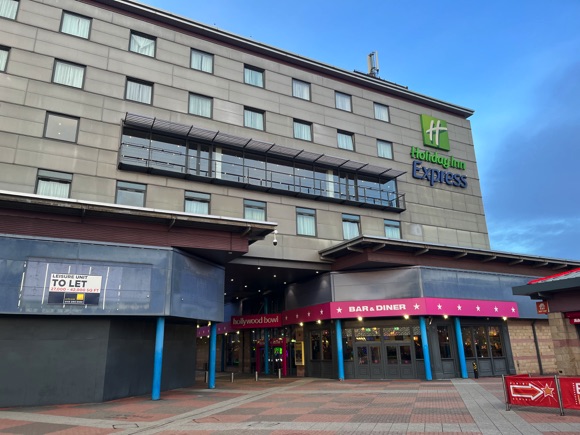
On the Valley Parade side of the city centre, conveniently adjoining Bradford Forster Square station, the Midland is a classic late-Victorian railway hotel, whose past guests include the Rolling Stones, the Beatles and Laurel & Hardy. It’s also walkable to the ground, 15-20mins up Cheapside then Manningham Lane.
Close to Bradford Interchange, the Bradford Hotel is large, modern but reasonably priced, and also contains the City3 bar and restaurant. Alongside, the grandiose Great Victoria evokes Bradford’s railway history, dating back to the 1800s. Its Avenue bar & restaurant allows you to drink and dine in style.
The nearby Holiday Inn Express also serves the Interchange, with a bowling alley in the same Leisure Exchange complex.


